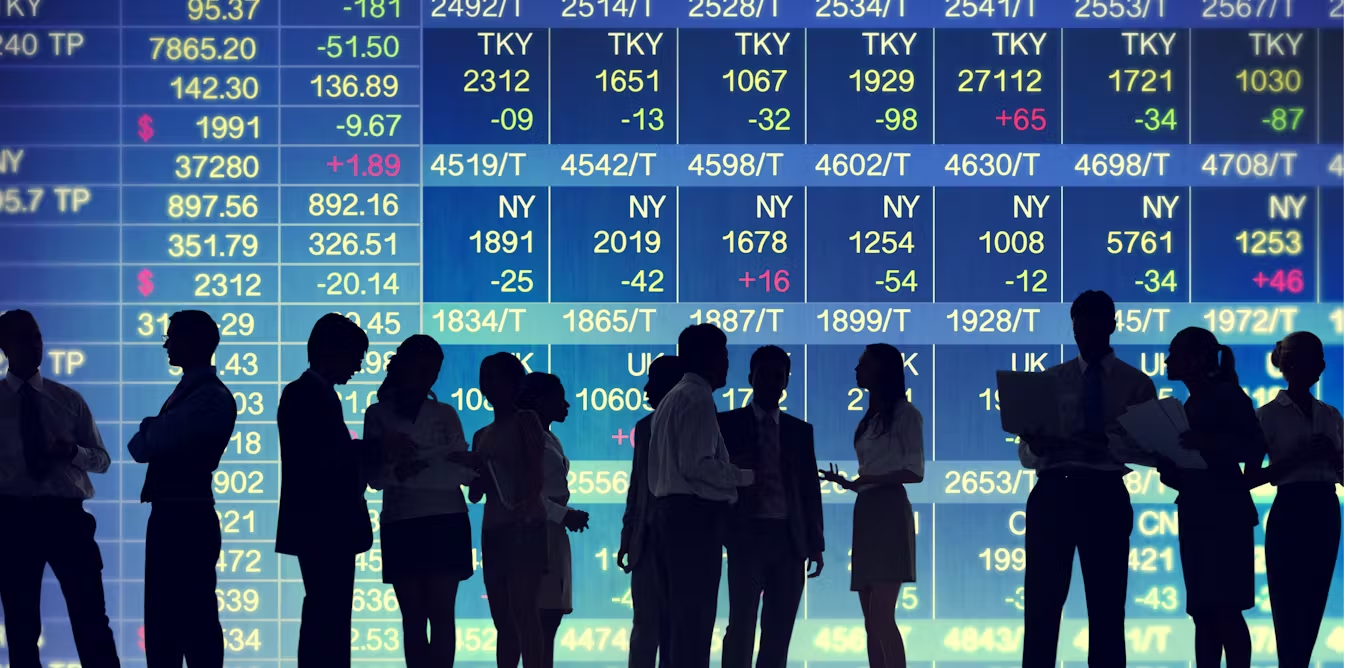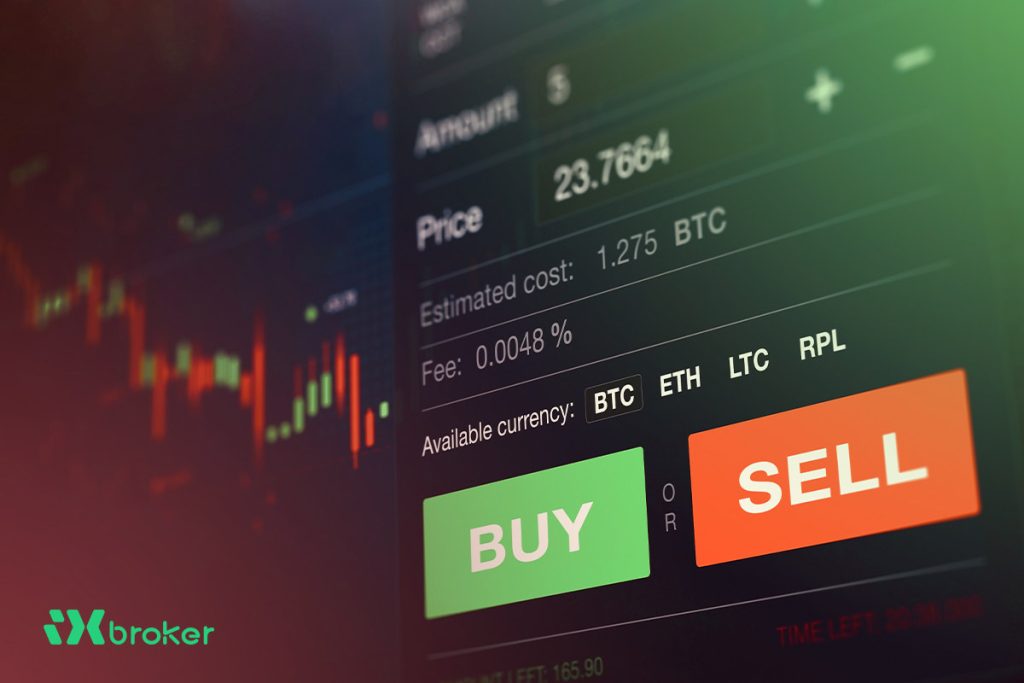Introduction
Geopolitical shocks and military conflicts are among the most potent catalysts of volatility in global financial markets. The eruption of the Palestine-Israel war in October 2023 unleashed ripples far beyond the Levant’s borders, impacting equities, commodities, fiat, and cryptocurrencies worldwide. As traders and investors scrambled to recalibrate strategies, the event became a real-world stress test for portfolios, safe-haven selection, and risk management systems.
Today, with markets more interconnected than ever, it’s vital for every trader — from swing trader to institutional investor — to understand not only the direct impacts, but also the behavioral, macro-economic, and psychological mechanisms underlying market moves during such high-stakes events.
This iXbroker report distills the findings of the latest academic research with actionable trading insights, tracking both immediate market reactions and underlying trader psychology in a crisis. Whether you are day-trading DAX futures, hedging against oil spikes, or rebalancing a diversified ETF portfolio, the lessons here can help turn volatility into opportunity, or at the very least, shield you from catastrophic loss.
Section 1: Anatomy of a Geopolitical Shock — The Palestine-Israel Conflict as a Catalyst
Global markets have weathered many crises—from the COVID-19 pandemic to the Russia-Ukraine war—each redefining the relationships between risk, portfolio allocation, and asset behavior. The Palestine-Israel conflict, while not the largest in scale, was uniquely positioned due to the Middle East’s critical role in supplying oil and gas and its sensitivities in investor sentiment worldwide.
On October 7, 2023, conflict broke out, resulting in immediate responses, including the shutdown of Israel’s Tamar gas field and the potential for broader supply disruptions. Traders saw European natural gas prices leap, signaling the transmission of risk through energy markets and underscoring how even regional conflicts can have global ramifications.
Investors flocked to safe-haven assets, spurred by headline risk and the potential (rather than actual* realized) for escalation. Yet, as the study by Muhammad Shahzad Ijaz and co-authors demonstrates, the actual market impacts varied sharply by asset class, geography, and market structure—a reality every investor must internalize.
Section 2: Global Equity Markets — Geography and Exposure Matter
Shockwaves and Contagion: Not All Markets Are Equal
Event study analysis revealed that equity markets in countries with direct economic or trading ties to the region—such as Germany, UAE, Bahrain, and Kuwait—faced the sharpest negative abnormal returns on the onset of conflict. European stocks slid as energy supply fears mounted. Equity indices closer to the conflict zone, or reliant on Middle Eastern energy or trade, bore the brunt of the initial shock.
Key trading lesson:
Asset allocation strategies must go beyond headline “country” risk to assess indirect linkages—think: supply chain dependencies, oil exposures, and sectoral sensitivities. Defensive trading around geopolitical risk means scrutinizing not just the epicenter, but its commercial satellites.
Insulated Markets: Where the Shock Ends
Conversely, the research identified “insulated” equity markets—countries and regions further from the epicenter or with little economic exposure showed insignificant abnormal returns. The US, UK, and many Asian markets, for instance, exhibited resilience. For global investors: this underscores the role of regional diversification, not just cross-asset, in protecting portfolios from geopolitical “tail risks.”
Section 3: Safe Havens and the Myth of the Perfect Hedge
Precious Metals: Gold Holds… But with Nuance
Historical playbooks tell traders to “buy gold” when bullets fly. In this case, precious metals did provide a haven, but not universally or with equal magnitude. Gold and silver posted mild positive—but statistically insignificant—returns both during and after the event window. Their safe-haven role remains robust, but traders seeking explosive gains may be disappointed; these assets are better at capital preservation than outperformance during crises.
Platinum and palladium, by contrast, responded more to industrial demand cycles than investor panic, highlighting the importance of understanding the dual-use nature of commodities before hedging with them.
Cryptocurrencies: Not Quite Digital Gold (Yet)
Cryptoassets like Bitcoin, Ethereum, and XRP largely shrugged off the conflict, with negligible abnormal returns, except for Ethereum’s sharper drop on event day. Contrary to the narratives of “Bitcoin-as-safe-haven,” the data revealed a muted or even negative response from digital assets when the world sought refuge.
For traders, this stresses diversification: Bitcoin may be king in bull cycles, but it’s not a reliable shelter in all storms. Policy changes, capital controls, and market idiosyncrasies still drive crypto more than geopolitical headlines—at least for now.
Section 4: Commodities and Currencies — Winners and Losers in a Crisis Playbook
Energy: The Real Battlefield
No sector was hit harder—or offered more opportunity—than energy. Brent and WTI crude rallied sharply, with abnormal returns topping 6% on the event day as traders priced in possible supply crunches. Oil-exporting nation currencies (CAD, for example) found support, while energy importers saw declines.
Key trading lesson:
Always watch for second-order effects in commodity markets during conflict:
- Energy supply fears boost oil and gas prices, but may dampen outlooks for transportation or manufacturing equities.
- Currency pairs linked to commodity flows (CAD/USD, JPY/USD) may offer volatility for short-term traders, but can also invert on surprise resolutions or new sanctions.
Forex: Safe-Haven Flows Activate
Classic risk-off positioning returned: the Japanese Yen and US Dollar were sought-after safe havens. Yet, the response was less dramatic than during previous global crises. For professional traders, this signals that context matters—not every regional war triggers the same capital flight. Instead, look for opportunities in narrower currency crosses and volatility spikes.
Section 5: Behavioural Finance — The Human Side of Market Reaction
Sentiment is the Catalyst
One striking takeaway from the academic analysis: price moves around the conflict were less a mathematical forecast of disruptions, and more a reflection of global fear and risk aversion. Headlines, political rhetoric, and investor psychology mattered as much as hard numbers.
This aligns with iXbroker’s “iXDeep” framework:
- Risk perception, not realized risk, drives flows at the onset of a crisis.
- Automated trading algorithms, social media amplifications, and geopolitical speculation can push prices far in excess (or below) “fundamental” fair value.
- Panic selling and flight-to-safety are infectious, especially in regional equities and high-beta assets.
Trading Psychology Tips: Surviving Geopolitical Shocks
For active traders, successful navigation means:
- Discipline over emotion: Stick to your trading plan; don’t react impulsively to breaking news.
- Tight risk management: Adjust stop-losses and position sizes, particularly in high-volatility sessions.
- Watch correlation: Traditional hedges may break down (eg: gold/crypto), while correlations across risk assets can spike toward 1 in crises.
Section 6: Spillovers and Lessons for Portfolio Construction
Sectoral and Geographic Divergence
The academic study found pronounced sectoral and regional divergences, both in the immediate aftermath and in subsequent days. For example, while Palestine’s own market suffered steep and sustained abnormal returns, European and Middle Eastern countries bore more pain than US or Asian markets.
Practical implication:
Portfolio construction must integrate dynamic risk overlays, regularly reassessing both direct and proximal exposures to regions and sectors with geopolitical vulnerability.
Contagion Theory in Action
The study’s findings affirm the contagion thesis: equity, commodity, and currency markets connected to the conflict zone (through energy, trade, or financial linkages) not only react sharply to crisis but help propagate volatility globally.
For investment professionals, this confirms that not all “emerging market risk” is created equal—it is the structure of linkages, not just country labels, that matters in stress scenarios.
Section 7: Actionable Strategies for Traders and Investors
- Build Flexibility into Every Portfolio
- Regularly stress-test allocations with scenario analysis: oil shock, regional war, safe-haven flows.
- Don’t just diversify by asset, but by geography and the correlation structure.
- Adapt to Asset Class-Specific Dynamics
- Trade commodities with awareness of both supply/demand and sentiment overlays.
- Don’t assume previous safe havens (crypto, gold) will always behave consistently.
- Monitor High-Frequency Data and News
- Use real-time news, social media, and volatility indices to recognize shifts in market mood.
- Employ circuit-breakers or halts in automated systems when event risk surges.
- Hedge Realistically, Not Idealistically
- Remember that correlations may spike in crisis; partial hedges may be better than betting on one asset.
- Look for cheap optionality: protective puts, volatility calls, or currency options.
- Understand Recovery Patterns
- Some markets recover swiftly post-event as uncertainty subsides; others, especially those closest to conflict, may lag.
- Use abnormal return data post-event as input for mean-reversion or momentum strategies.
Conclusion: The New Normal in Crisis Trading
The Palestine-Israel conflict of 2023 cemented a new phase in world markets, where regional wars trigger global financial aftershocks — but with strikingly uneven effects. Armed with deep analysis and robust trading discipline, investors can shield themselves from the worst and thrive on recovery momentum. The world is more interconnected and unpredictable than ever — but so too are the opportunities for prepared and informed traders.
For every iXbroker client and market participant, the lesson is clear:
Geo-risk is here to stay. Treat every headline as a signal, not a prophecy. Build flexibility, cultivate discipline, and always adapt. That’s how you turn volatility into edge.



